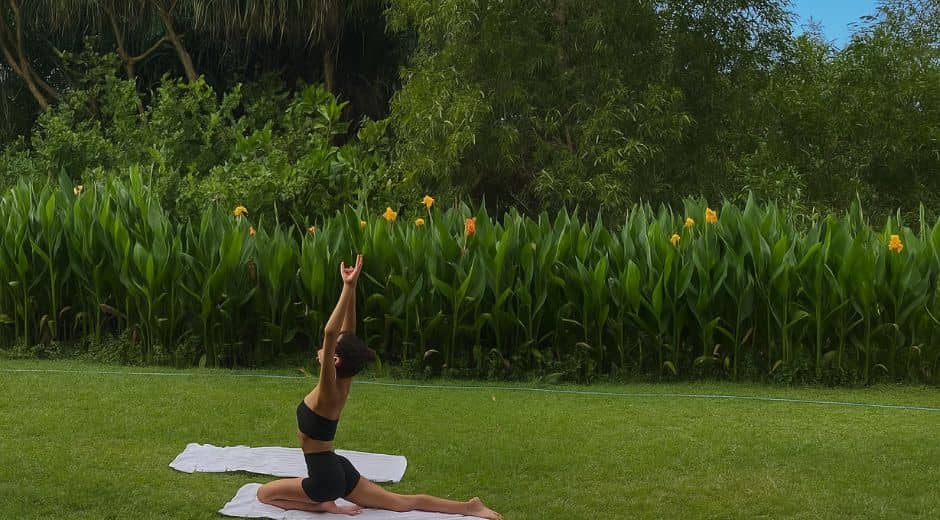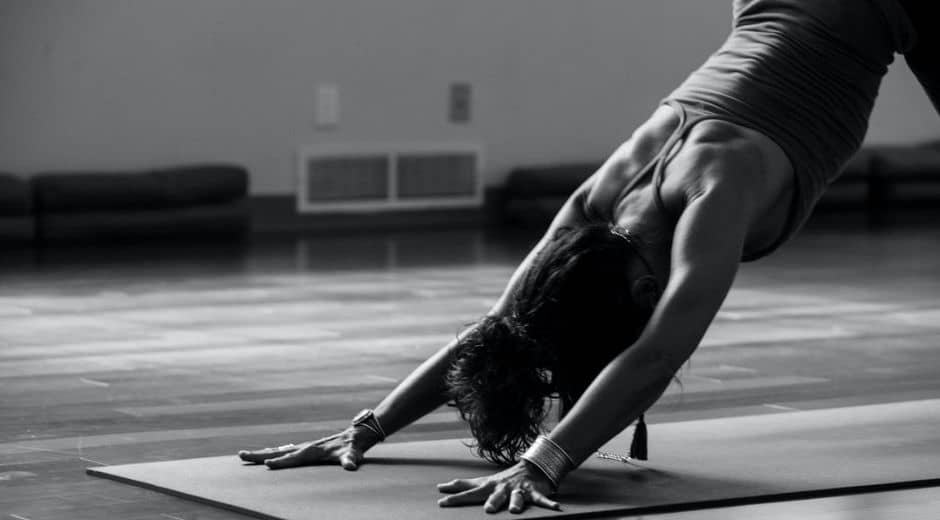The Depth of Awareness: How to Access Your Inner Flow
Awareness is often described as the foundation of mindfulness, yet few people truly understand its depth and transformative potential. It’s not simply about noticing what happens around you, but about recognizing the subtle layers of your inner experience—the thoughts, sensations, and emotions that shape your perception of life. Cultivating it can help you tap into your inner flow, where your mind and body move in harmony, and you begin to live with purpose, presence, and peace.
What Is Awareness?
Is the state of conscious observation. It’s the ability to notice your thoughts without identifying with them, to feel your emotions without becoming them, and to witness your surroundings with openness instead of judgment. When it becomes steady, you begin to sense that you are not your thoughts, but the observer behind them.
This realization is liberating. It allows you to see clearly and act consciously rather than react impulsively. The more aware you are, the easier it becomes to make choices that align with your authentic self.
The Connection Between Awareness and Inner Flow
Inner flow is not achieved through force, but through it. When you are aware, your attention naturally settles in the present moment. You start noticing the small details—the rhythm of your breath, the sensations in your hands, the sound of wind brushing through leaves. These moments of deep, bring you closer to flow, a mental state where creativity, focus, and peace coexist.
Research published on Mindful.org emphasizes that helps regulate emotional responses, reduce anxiety, and increase resilience. It’s the silent key that opens the door to flow and inner alignment.
Building Awareness Through Simple Practices
Awareness doesn’t require complicated rituals. It grows through consistent, intentional observation. Here are a few ways to strengthen your connection to it:
Body Scanning:
Spend a few minutes each morning observing sensations in your body. Move your attention from head to toe, noticing tension, comfort, or warmth. Don’t try to change anything—just observe.Breath Awareness:
Focus on the movement of your breath. Notice its rhythm, temperature, and depth. When your mind wanders, gently return to the breath.Mindful Observation:
Choose one activity—like drinking water or washing your hands—and do it with complete awareness. Feel every movement, sound, and texture.Awareness in Nature:
Sit quietly outdoors. Observe the sky, listen to birds, or watch the trees sway. Let yourself merge with the natural rhythm of the environment.Awareness Journal:
At the end of each day, note what you observed without judgment. What did you notice about your thoughts or emotions? What patterns appeared?
How Awareness Shifts Perception
When it deepens, life begins to unfold differently. You start recognizing how often the mind drifts into autopilot—scrolling, reacting, analyzing, and comparing. Through it, you become the witness instead of the participant in mental chaos.
Suddenly, the pause between stimulus and response expands. You respond with wisdom instead of instinct. Stress loses its grip because you understand that most suffering arises from unconscious identification with thought.
This shift transforms your inner world, and gradually, your outer world changes too. You become calmer, more empathetic, and more connected to others. It opens the door to compassion and grounded living.
Awareness and the Art of Letting Go
One of the greatest lessons awareness offers is the art of letting go. You begin to see that clinging—to ideas, expectations, or identities—creates resistance. It teaches you to release this tension.
Through it, you realize that life flows naturally when you stop trying to control it. This surrender is not weakness, but wisdom. It’s a conscious trust in the intelligence of the present moment.
Letting go invites flow. When you stop forcing outcomes, your energy becomes fluid, and everything feels lighter and more effortless.
Awareness as a Path to Emotional Clarity
Our emotions are powerful signals, yet many of us avoid them. It allows you to meet emotions directly without suppression or resistance. When sadness, anger, or fear arise, it helps you acknowledge them as temporary states—not as personal failures or flaws.
Over time, can refines emotional intelligence. You learn to decode your feelings, recognize their roots, and respond with compassion. It’s not about being emotionless, but about being emotionally awake.
Integrating Awareness Into Modern Life
In today’s hyperconnected world, is more valuable than ever. Our attention is constantly fragmented by notifications, deadlines, and distractions. Yet it can be practiced anywhere, even in the busiest environments.
Whether you’re at work, commuting, or talking to a friend, simply bring it to your experience. Feel your feet on the ground, your breath in your chest, or the tone of your voice. Every small act of attention pulls you back to presence.
To learn more about cultivating mindfulness in everyday routines, visit GamingNewsHead. You can integrate it into all aspects of your lifestyle—work, relationships, and self-growth—through intentional practice.
Awareness and Inner Freedom
The ultimate gift of awareness is freedom. When you see your thoughts as passing clouds instead of truths, you no longer need to chase or resist them. Freedom begins when you realize you are not bound by your own mind.
Through it, your sense of “I” dissolves into something vast and timeless. You experience stillness even in movement, and peace even amid chaos. Reveals that inner flow is not something to reach, but something you already are.
Conclusion: Returning to Your Inner Flow
Awareness is not a goal, it’s a state of being that reconnects you with your natural rhythm. The more you practice it, the more effortless life becomes.
When you live with it, every moment feels fuller, deeper, and more meaningful. You begin to flow through life instead of resisting it.
To explore more about mindfulness, flow, and presence, read our other articles on FocusMindFlow. Is not just the start of mindfulness, it is mindfulness itself—a gateway to living consciously and harmoniously.
Focus Flow Forward

Grounding Techniques for a Balanced Mind
Grounding Techniques for a Balanced Mind

Stillness as a Path to Inner Awareness
Stillness as a Path to Inner Awareness

The Power of Alignment: Flowing in Harmony with Yourself
Learn how alignment helps you reconnect with your true self, find balance between mind and action, and live in a state of natural inner flow.

The Path to Stability: Strengthening Your Inner Foundation
Explore how cultivating stability in your thoughts, emotions, and routines builds mental balance, clarity, and peace in a fast-changing world.













